
- Shandong Loyal Industrial Co.,Ltd.
- SHORT-CUT PASTA PRODUCTION LINE LONG-CUT PASTA PRODUCTION LINE INSTANT PASTA PRODUCTION LINE
Home> Application> Explore the World of Full Automation with Pasta Production Machines for Maximum Efficiency

Explore the World of Full Automation with Pasta Production Machines for Maximum Efficiency
Explore the World of Full Automation with Pasta Production Machines for Maximum Efficiency
Automation has become a pivotal force in revolutionizing the food industry, streamlining processes, and enhancing overall efficiency. Among the key players driving this transformation are pasta production machines. These sophisticated devices play a crucial role in achieving maximum efficiency in the production of one of the world's beloved foods – pasta.
Shandong Loyal Industrial Co., Ltd. has incorporated advanced technologies from FAVA and UTF in the production of its macaroni.In the fast-paced world of food manufacturing, the integration of pasta processing equipment has become synonymous with progress and innovation. This article explores the significance of automation in the food industry, with a specific focus on how pasta production machines contribute to achieving unprecedented levels of efficiency.

Full Automation in Pasta Production
Full automation in pasta production represents a paradigm shift in the way we manufacture this popular staple. This section delves into the concept of full automation, outlining its core principles and discussing the advantages it brings to the pasta production process. By adopting a fully automated approach, industries can significantly enhance their efficiency, and pasta production machines play a pivotal role in seamlessly achieving this automation.
The advantages of full automation extend beyond mere speed and productivity. Modern pasta production machines are designed to optimize every aspect of the process, ensuring a streamlined and efficient production line. This section explores how these machines serve as the linchpin in achieving the desired level of automation, propelling the pasta production industry into a new era of efficiency.
Features and Capabilities of Pasta Production Machines
A detailed exploration of the advanced features offered by modern pasta production machines is imperative to understanding their impact on efficiency. This section highlights the cutting-edge technologies integrated into these machines, emphasizing their role in enhancing efficiency. From precision engineering to energy-saving capabilities, pasta production machines set a new standard for technological prowess in food manufacturing.
The analysis extends beyond the technicalities, shedding light on how these features contribute to the overall efficiency of pasta production. By showcasing the intelligent design and capabilities of pasta production machines, industries can make informed decisions about integrating these technologies into their processes.

Case Studies
Real-world examples serve as a testament to the transformative power of pasta production machines. This section presents case studies of industries that have successfully implemented these machines, showcasing the tangible benefits experienced. Increased efficiency, heightened productivity, and positive testimonials from renowned brands such as Ronzoni, Colavita, La Molisana, and Banza underscore the real impact of adopting automated pasta production solutions.
These case studies provide a practical understanding of the advantages and outcomes achievable through the integration of pasta production machines, offering insights into best practices and potential pitfalls.
Future Trends and Innovations
Looking ahead, the article explores the future trends and innovations in pasta production machines. Emerging technologies promise to elevate efficiency to unprecedented levels. By examining the trajectory of innovation in this field, industries can position themselves at the forefront of progress, anticipating and adapting to the next generation of pasta production machines.
Predictions on how these advancements will further optimize efficiency set the stage for industries to stay ahead of the curve. This forward-looking approach encourages a proactive stance toward adopting technologies that will define the future of pasta production.
Considerations for Implementation
While the benefits of pasta production machines are evident, a successful implementation requires careful consideration of various factors. This section discusses the crucial aspects to contemplate when integrating pasta production machines into existing processes. From logistical challenges to solutions in transitioning to a fully automated setup, industries can navigate the implementation process with confidence.
A comprehensive cost-benefit analysis and considerations for return on investment provide decision-makers with the information needed to make informed choices. By understanding the challenges and solutions, industries can embark on the path toward a fully optimized pasta production system.
Conclusion
In conclusion, exploring the world of full automation with pasta production machines reveals a landscape of unparalleled efficiency and innovation. From the fundamental shifts in production processes to the real-world success stories of renowned brands, the impact is undeniable. The integration of pasta production machines not only marks a technological advancement but also a strategic move towards staying competitive in the ever-evolving food manufacturing industry.
As industries navigate the complexities of implementation, the key takeaway is the potential for significant improvements in efficiency and productivity. The journey toward maximum efficiency with pasta production machines is not just a technological upgrade; it is a strategic investment in the future of food manufacturing. Embracing these technologies positions industries as pioneers in the era of automated production, ensuring sustained growth and success.

FAQs: Common Questions About Pasta Production Machines
FAQ 1: How do pasta production machines contribute to efficiency?
Pasta production machines are equipped with advanced features such as precision control, automated processes, and energy-saving mechanisms. These elements work together to streamline the production line, reducing manual intervention and optimizing efficiency. By automating tasks that were traditionally time-consuming, industries can achieve higher production rates with consistent quality.
FAQ 2: Can pasta production machines accommodate different types of pasta?
Absolutely. Modern pasta production machines are designed with versatility in mind. They can adapt to various pasta shapes and sizes, allowing manufacturers to meet diverse consumer demands. The flexibility of these machines ensures that the production process remains efficient, regardless of the specific pasta type being manufactured.
FAQ 3: What sets pasta production machines apart from traditional methods?
Pasta production machines revolutionize the manufacturing process by introducing full automation. Unlike traditional methods that rely heavily on manual labor, these machines automate key stages of production, significantly reducing the margin of error and increasing overall efficiency. The precision and consistency achieved through automation set pasta production machines apart, ensuring a higher quality end product.
FAQ 4: Are there notable brands using pasta production machines?
Yes, many renowned brands in the pasta industry have embraced the efficiency of pasta production machines. Brands such as Ronzoni, Colavita, La Molisana, and Banza have successfully integrated these machines into their production lines. Their positive experiences highlight the transformative impact on productivity, quality, and overall brand reputation.
FAQ 5: What should industries consider before implementing pasta production machines?
Before implementation, industries should consider factors such as the scale of production, existing processes, and workforce readiness. This FAQ section elaborates on the crucial considerations, providing a comprehensive guide for industries planning to integrate pasta production machines. It emphasizes the importance of a thoughtful and strategic approach to ensure a seamless transition to automated processes
Contact Us

- Shandong Loyal Industrial Co.,Ltd.
- Telephone+86 13176674591
- Email[email protected]
- WhatsApp+86 13176674591
- WeChat13176674591
- AddressC623, Jiahui Global Plaza, No. 548, Beiyuan Street, Tianqiao District, Jinan City, Shandong Province
- Factory AddressADD -300m North of Zhangxia Industrial Park, Binhe Road, Zhangxia Town, Changqing District, Jinan
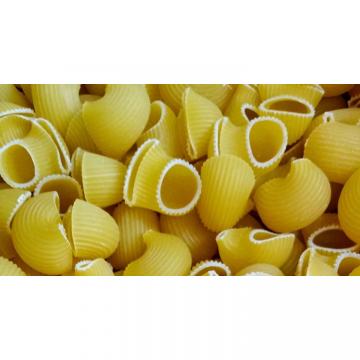

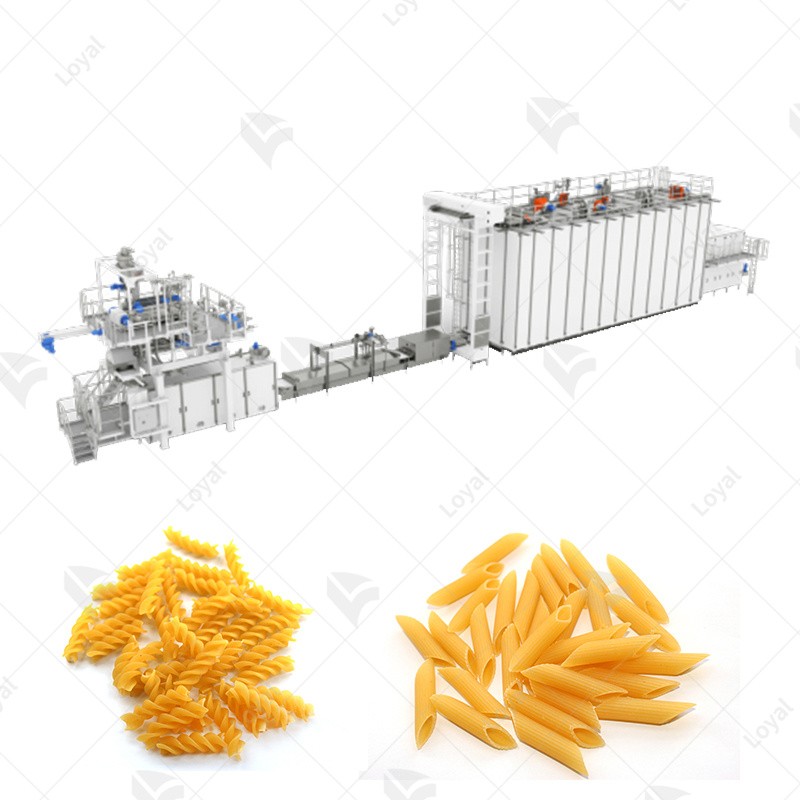


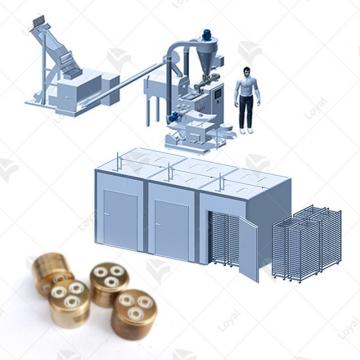 Combined Pasta Production Line
Combined Pasta Production Line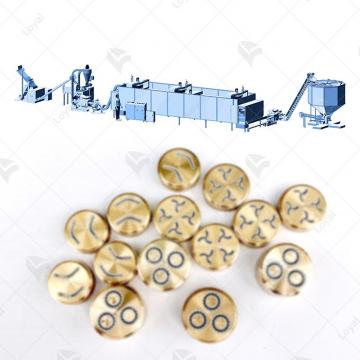 Short-Cut Pasta Production Line
Short-Cut Pasta Production Line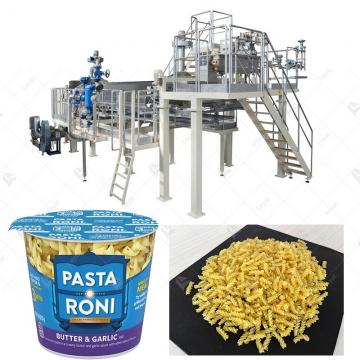 Instant Pasta Production Line
Instant Pasta Production Line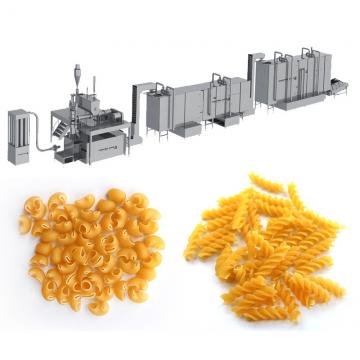 Vacuum Extruder Pasta Machine
Vacuum Extruder Pasta Machine